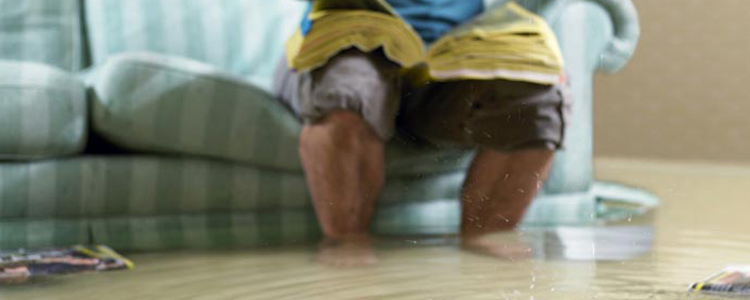Water extraction services in Fishers, Indiana

With all the crazy weather in recent years, there have been numerous homes affected by flooding. A flood can be a devastating event for homeowners. Your belongings and your very home can be dramatically affected by both rushing and creeping waters. Severe storms, hurricanes, rising rivers or lakes, and more can cause flooding. These waters from outside can seem harmless, until they are swirling inside your home.
When the panic subsides, the real work begins. Water extraction from areas where the water is still standing must be accomplished. Flooding leaves behind a disaster zone. Mud, silt, and items swept in from outside settle in flooring. The water also leaves behind dangers that may not be visible to the naked eye. Ground water, seawater, and water from lakes and rivers can hold physical, biological, and chemical contaminants that can endanger the health of those in the home. The moisture that soaks into the walls, flooring, and furniture provides a perfect environment for the growth of mold. Mold can cause serious respiratory illnesses and allergies. In fact, breathing in mold and mildew spores can cause permanent lung damage.
There may still be water standing in lower levels of the home. Water extraction, especially from basements and crawl spaces, requires specialty equipment in order to get all the moisture out. Calling in professionals in water extraction as quickly as possible can increase the ability to fully restore your home. A certified professional can respond quickly and assess the water category (clean, gray, or black) and the class of water damage. The category and class will determine what approaches are needed to deal with water damage repairs and restoration. Professionals have the equipment necessary to deal with excess water, contaminants, and mold growth. They also have protective gear to protect against illness or other negative health effects from the contaminants in the water or black mold growth.
Natural flooding is not the only source of excess water. Sometimes pipes break or leak, appliances malfunction, or sinks, tubs, or toilets overflow. These can wreak havoc on a home as well. Each type of water damage will have different considerations. For instance, sewage must be handled differently from a clean water flood from a water supply line. With a leak within the home, the source has to be found and repaired in addition to repairing the water damage to the property. The first step is water extraction, getting the water out and the moisture dried up.

